How to Stay Cool Without Air Conditioning: 12 Tips
No air conditioning? These tips will keep your home cool and comfortable in summer, reduce energy use and save on energy costs.

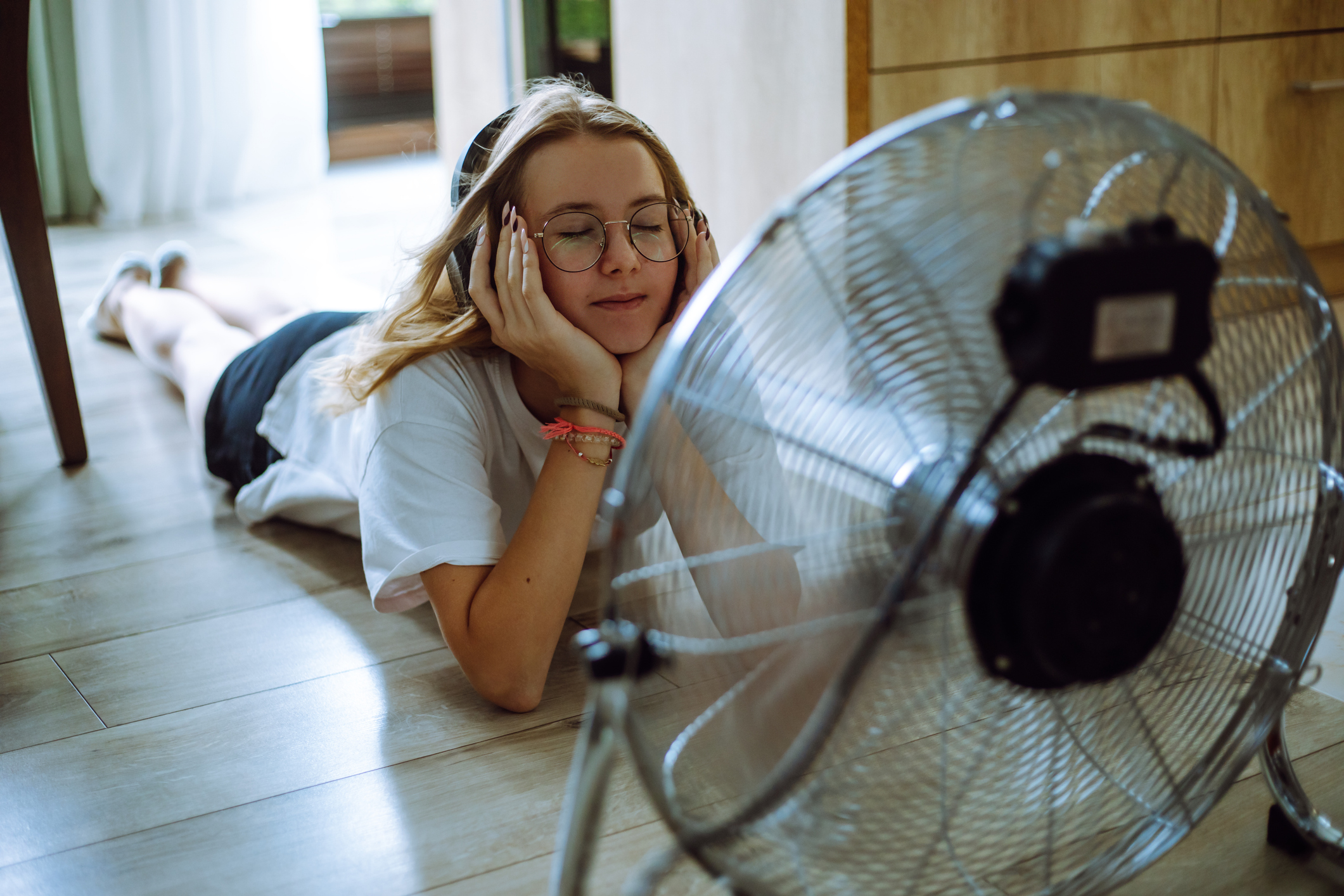
There is nothing better than enjoying the heat of the summer, especially after those chilly winter and rainy spring months. But the heat and humidity of summer can quickly leave you wondering how you can stay cool. Whether your home doesn’t have central air conditioning, or you like to use air conditioning sparingly, you’ll want to plan ahead with some proven tactics to help you stay cool in the summer.
The cost of making some of these changes can be offset with tax credits. Energy efficiency upgrades to your home may qualify for one of two federal income tax credits, depending on the type of improvements you make to your home.
Here are 12 ways to help keep your home cool when the temperatures rises.
From just $107.88 $24.99 for Kiplinger Personal Finance
Become a smarter, better informed investor. Subscribe from just $107.88 $24.99, plus get up to 4 Special Issues

Sign up for Kiplinger’s Free Newsletters
Profit and prosper with the best of expert advice on investing, taxes, retirement, personal finance and more - straight to your e-mail.
Profit and prosper with the best of expert advice - straight to your e-mail.
1. Keep sunlight out — close your window coverings
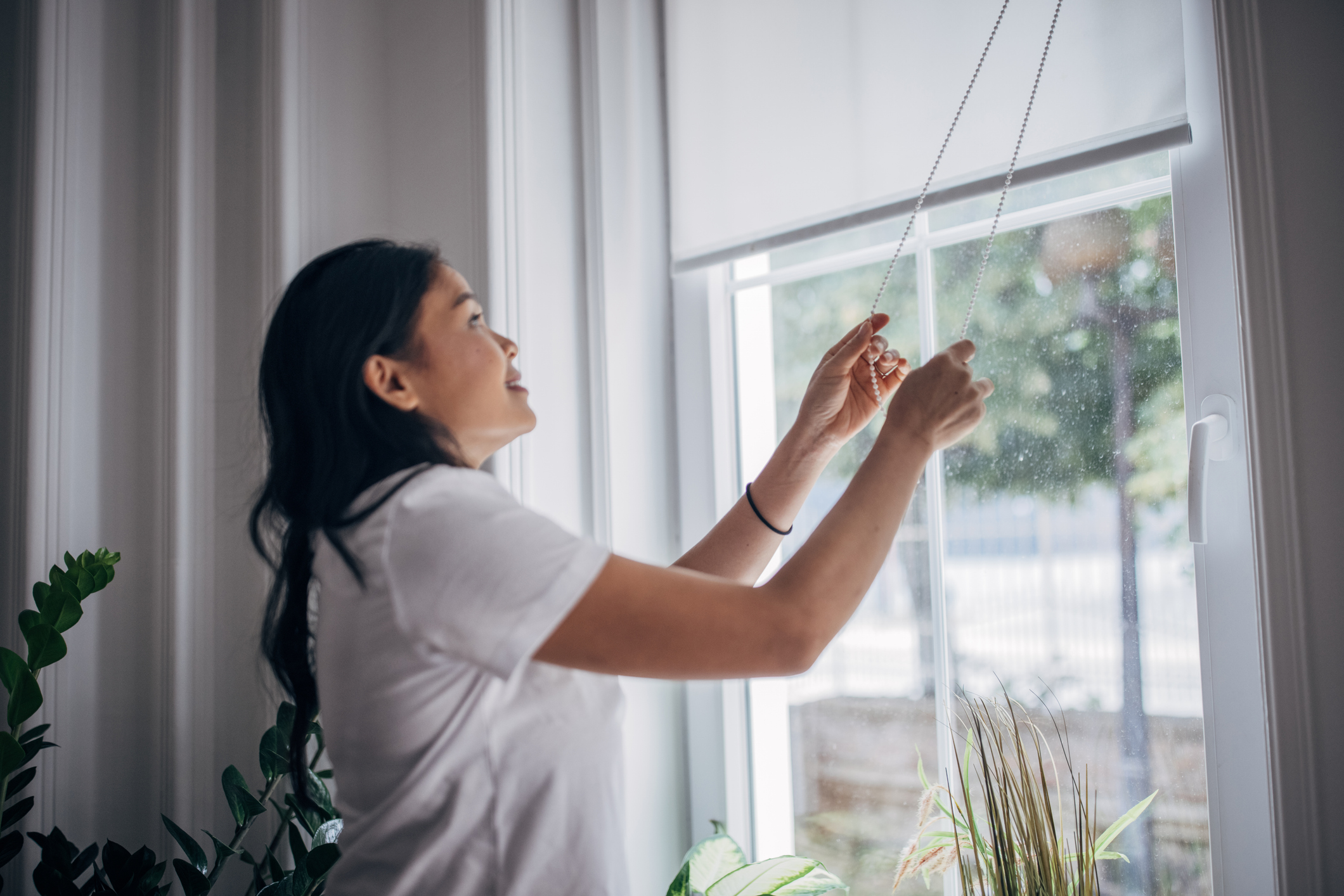
Summer sun delivers heat right through your windows. Keep out the heat with shades or blinds during the sunniest hours to keep your home cool without AC. This is a passive cooling method that is one of the cheapest and simplest way to keep your home cool in summer.
Another quick and easy way to keep your home cool is to apply a reflective, heat-reducing window film to regulate the temperature. As a bonus, it even works in reverse, keeping more warm air inside during the winter months — and it’s quick and easy to install.
2. Install an exterior window shade or awning
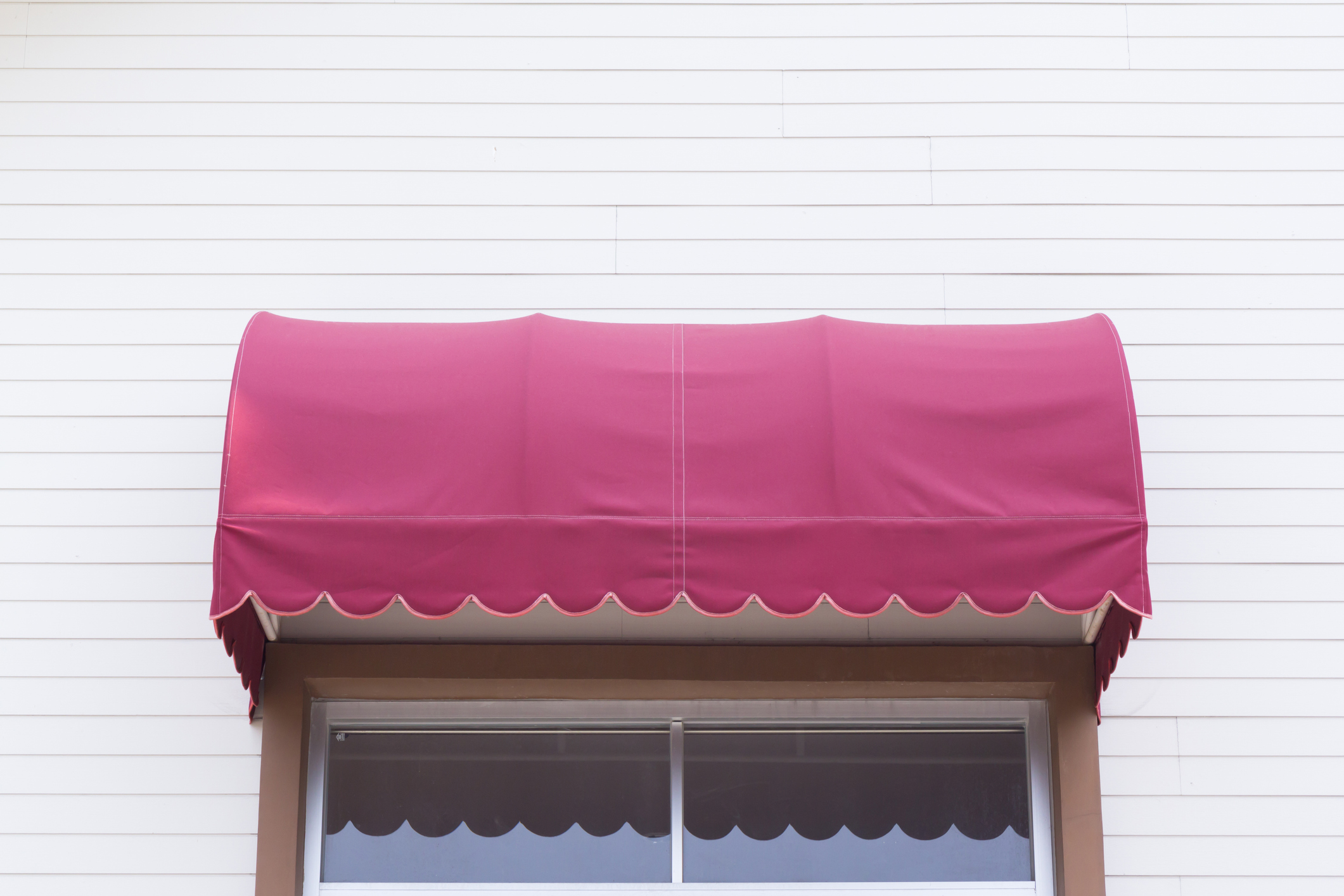
Installing an awning, pergola or shade trees by your west windows will shield your home from hot afternoon rays. Direct sunlight is like a heater in the cooling season.
3. Use ceiling fans properly
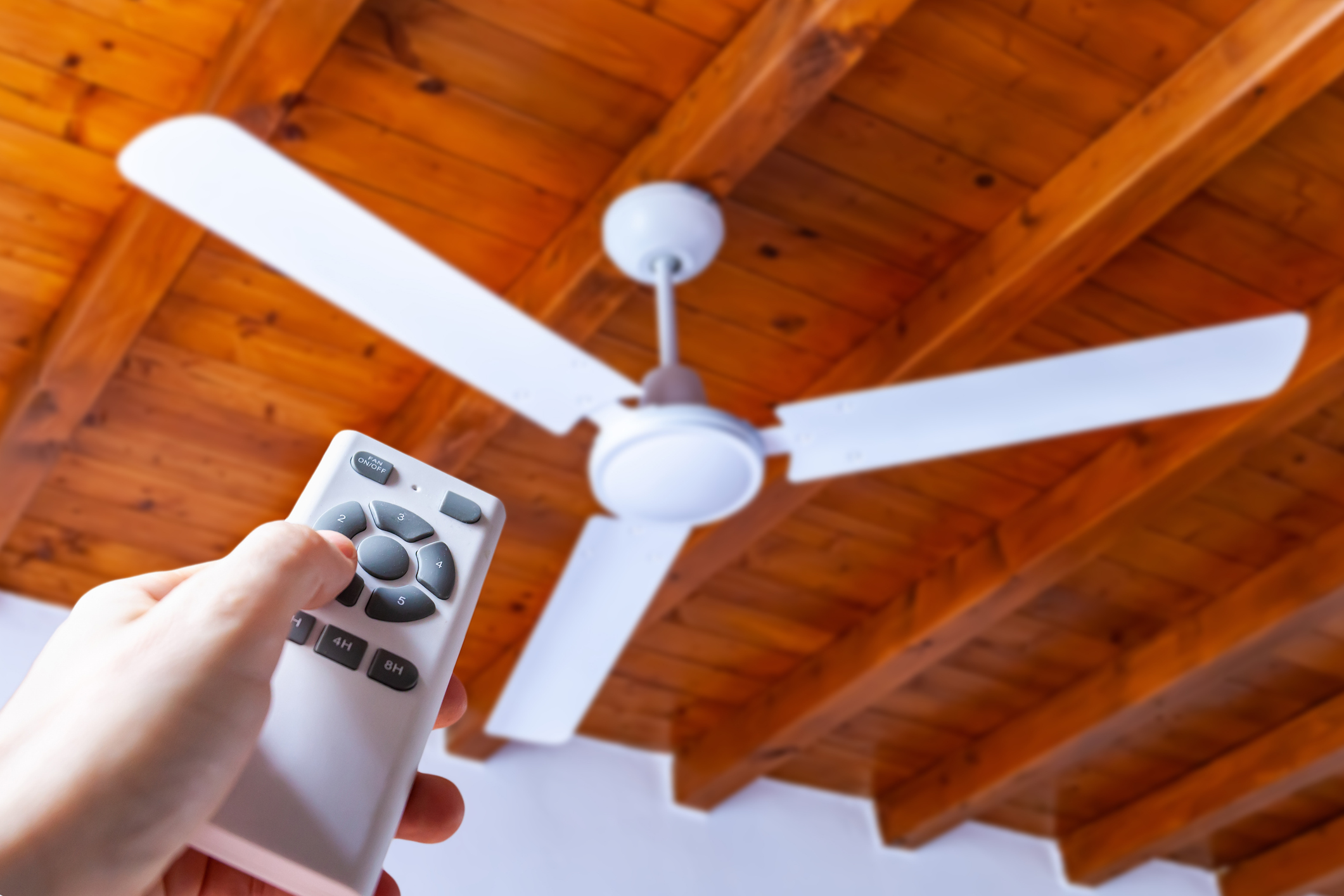
Set your ceiling fans to rotate counterclockwise. In the summer, the fan blades should rotate counterclockwise (as you look up at it) to push the air straight down. Increase the fan speed on the hottest days.
4. Use your fans in the right places

Fans keep air moving around, rather than cooling the air. Blow air directly on people to get a cooling effect or set up your fans to draw in cooler air from the outside (or a cooler part of the house) to the warm areas.
5. Change out the sheets on your bed
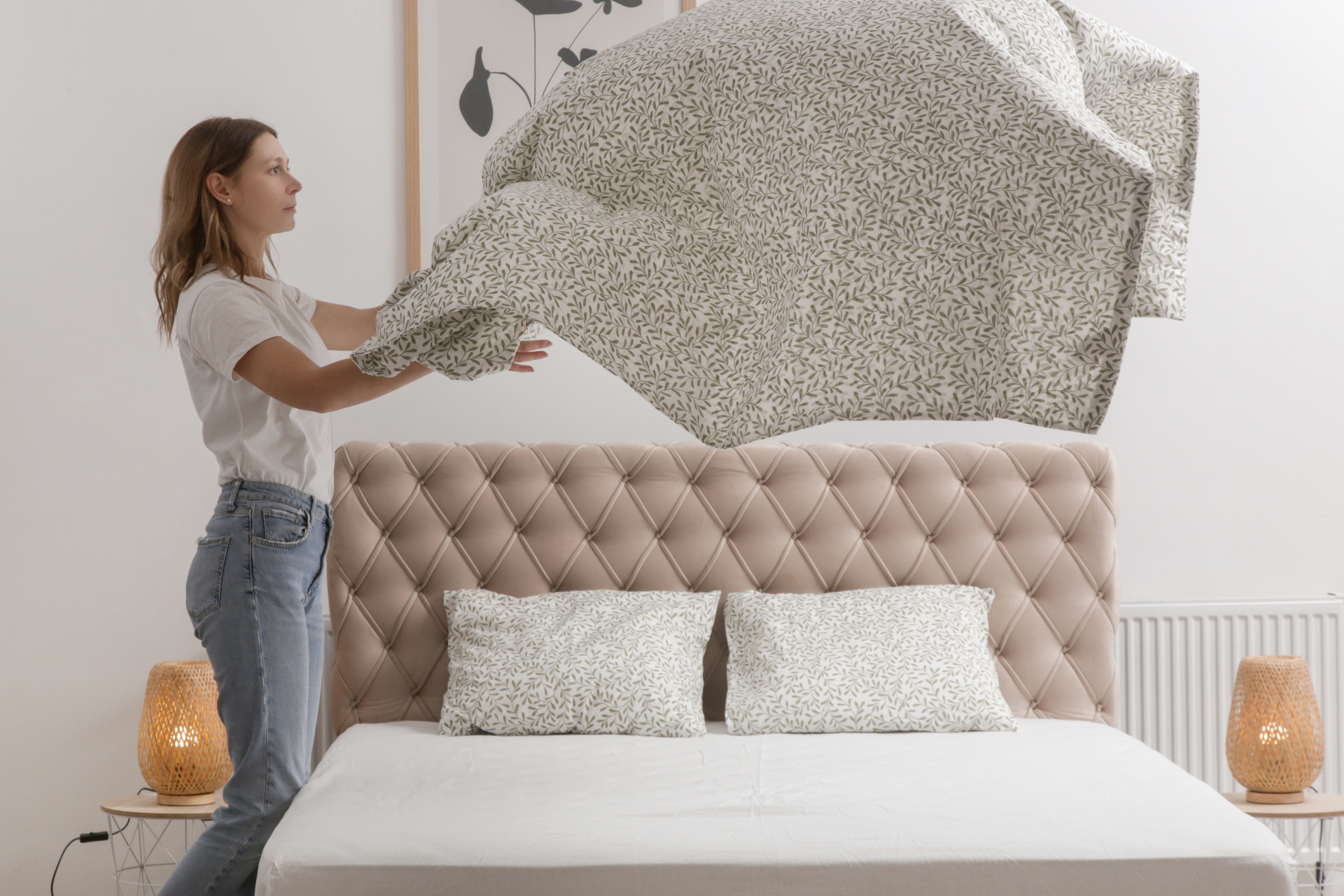
Pick lighter fabrics, such as linen and bamboo viscose, preferably in brighter colors such as white, since they reflect light and heat and help keep your house cool in the summer. The material of your sheets also matters because lightweight fabrics breathe easier than thicker ones.
Avoid unnatural fabrics or fabrics with a tight weave.
6. Close doors to unused rooms

To keep the cool air where you need it most, close off doors to unused rooms. It prevents cool air from leaking to parts of the house where you don’t need it.
7. Fire up the grill! Avoid using the oven or stove
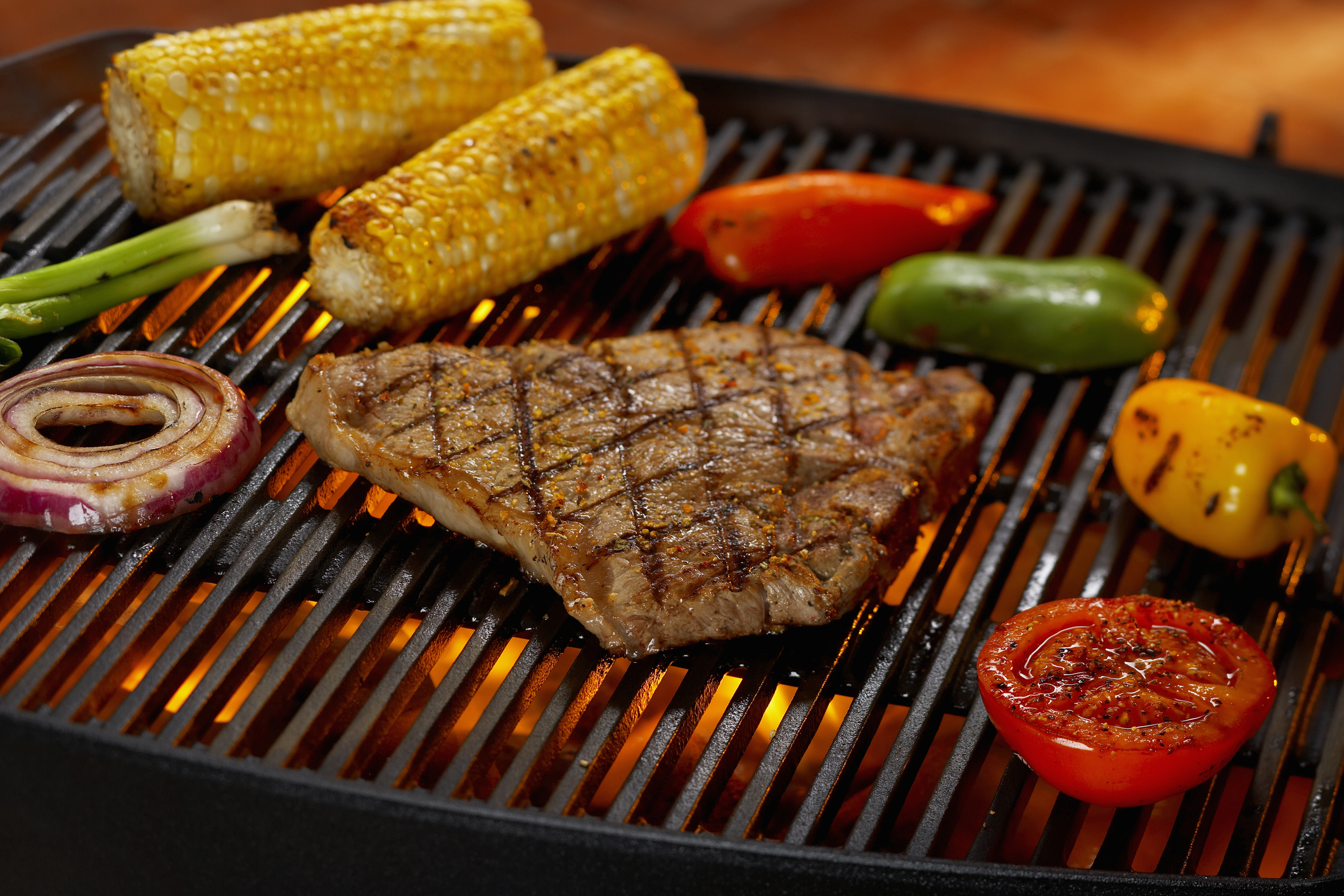
Cooking generates excess heat and can significantly raise the temperature inside your home. Instead, opt for meals that don’t need cooking, such as salads or sandwiches, and plan for grilled dishes to avoid generating more heat in the house.
Take your cooking outside. If hot food is in order, fire up the grill instead of turning on the oven. From pizza to beer can chicken, there are numerous ways to cook a meal on the grill.
8. Invest in a dehumidifier
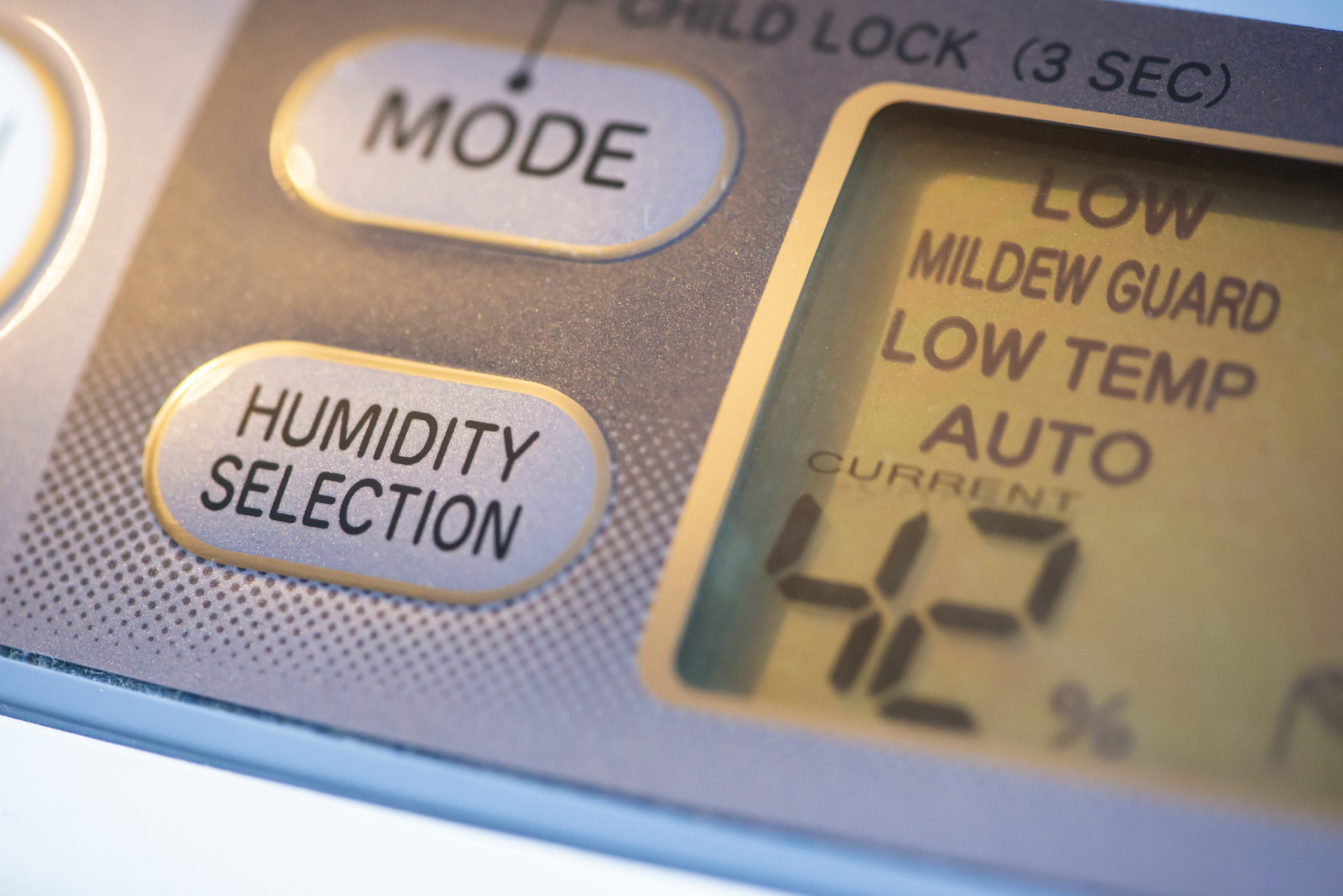
The ideal indoor humidity level in summer should be around 40% to 50%. Dehumidifiers remove excess moisture from the air in your home and make it more comfortable, even in high temperatures.
Most dehumidifiers will come with sensors that turn the device off when the ideal humidity level is met. Also, use the water gathered by your dehumidifier to water your plants for added conservation.
9. Install an attic ventilator
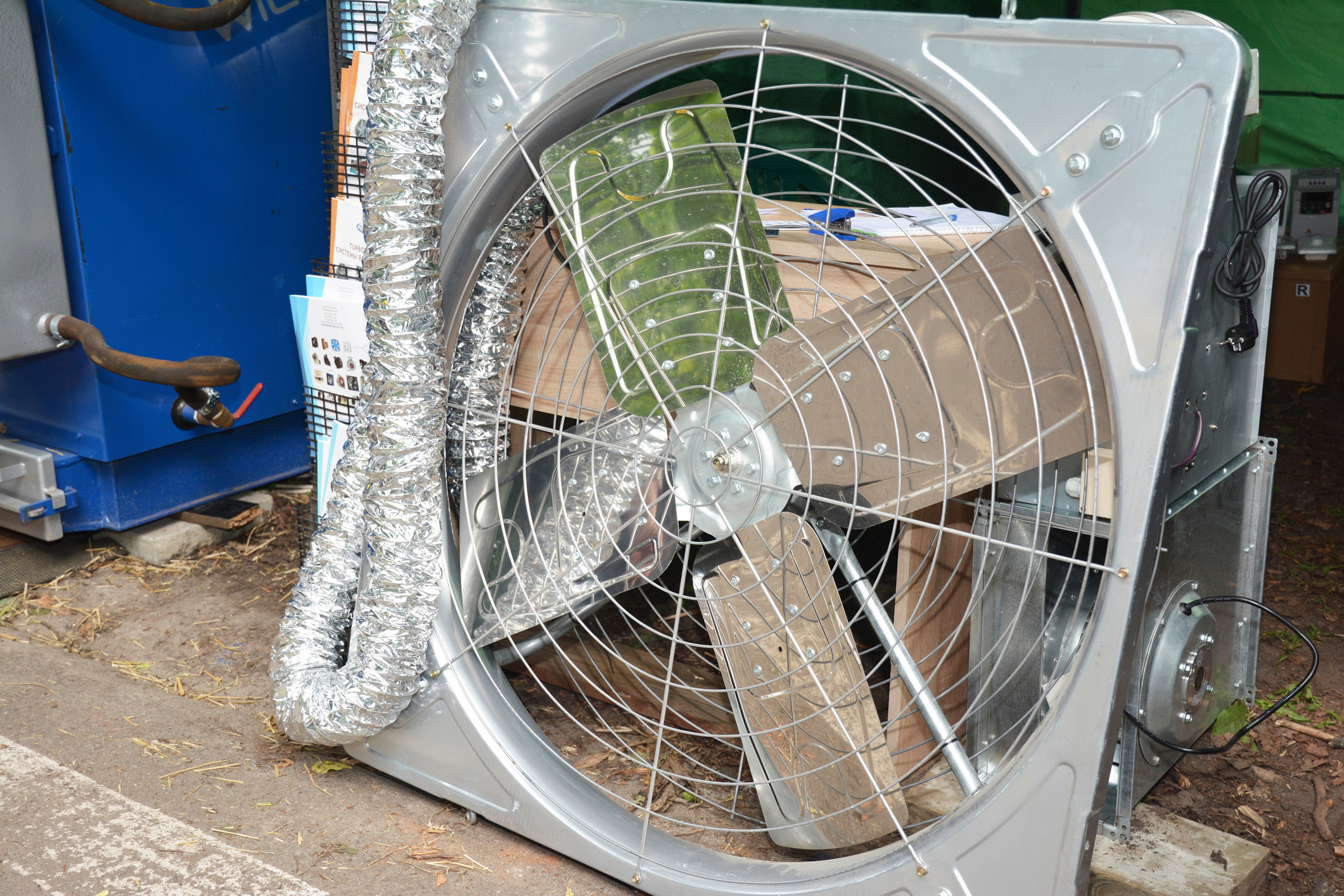
Attics can get pretty warm during the summer, sometimes heating up to 150 degrees. This heat will most likely spread throughout your home, raising the overall temperature. In addition to insulating your attic, you can also invest in an attic ventilator or attic fan.
These fans work by evacuating the hot air from your attic and drawing in cool air from outside. As a result, your attic remains relatively cool, and this can help keep your house cool in the summer.
10. Insulation is key — insulate and air-seal your home
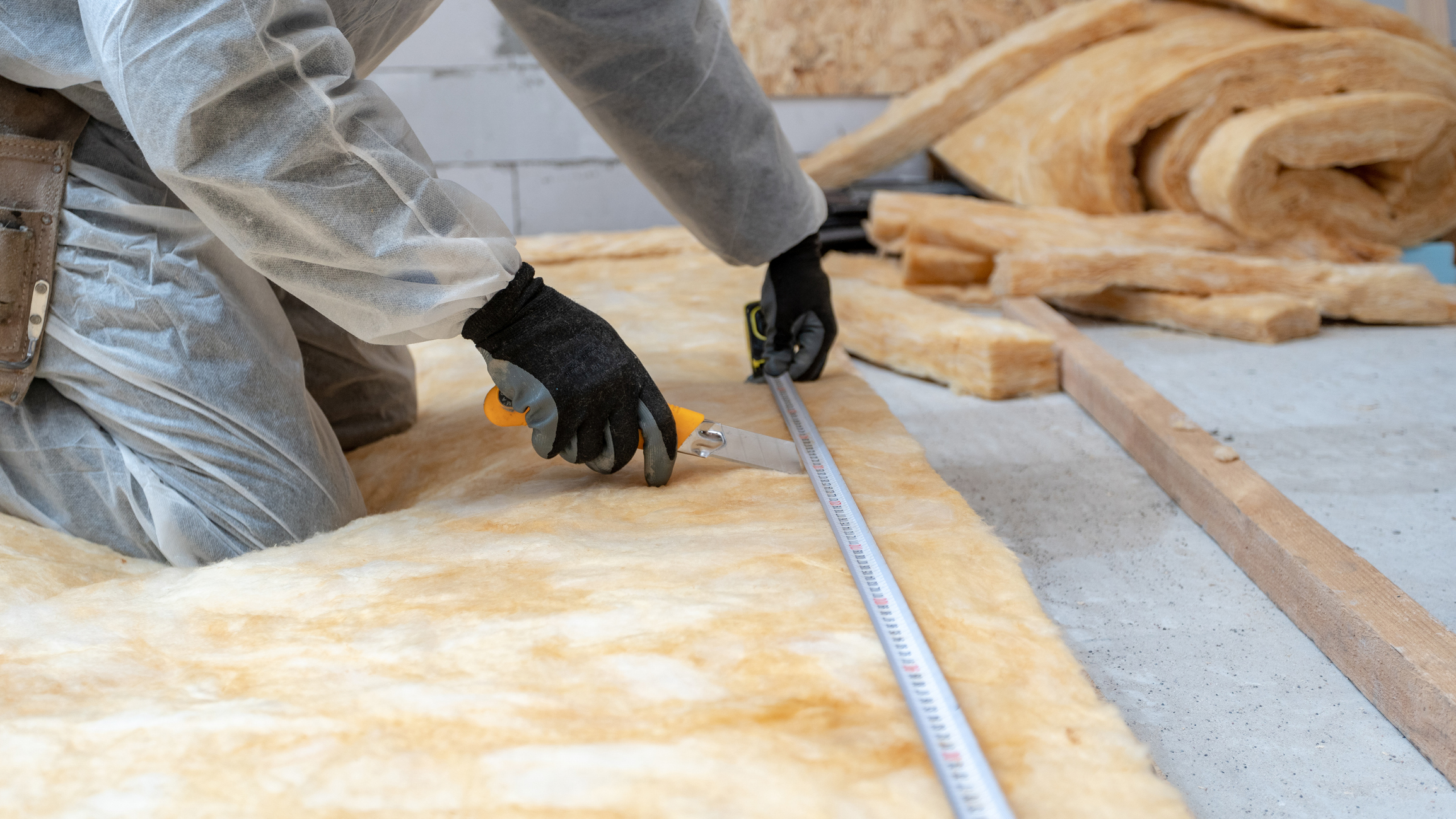
Many of the things that help keep your home warmer in the winter also help keep your home cooler in the summer. If you feel the temperature extremes in both seasons, consider a weatherization project.
Adding insulation to your attic and walls will make a significant improvement to your home’s climate, even in the warmer months. It also cuts back on cooling and heating costs. Insulation is also a pretty inexpensive and simple solution, and you can also try DIY insulation for further savings.
Cheaper heating and cooling costs is just one of the financial benefits. You can claim a federal tax credit for insulating and air sealing your home.
11. Install a cool roof
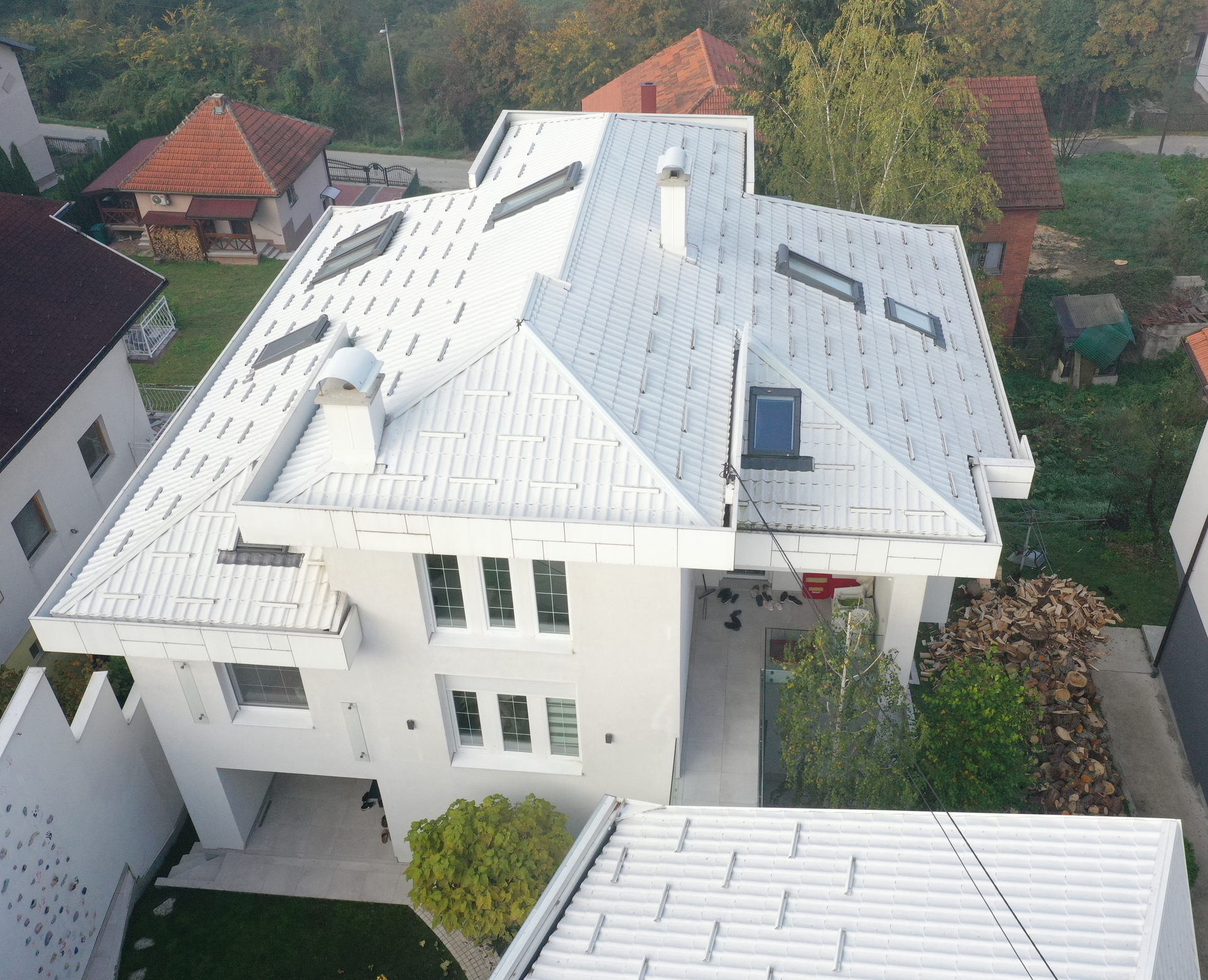
A cool roof absorbs and transfers less heat from the sun to the building compared with a more conventional roof. Buildings with cool roofs use less air conditioning, save energy, and have more comfortable indoor temperatures. For example, in non-air-conditioned residential buildings, cool roofs can lower maximum indoor temperatures by 2.2 to 5.9°F, according to the US Environmental Protection Agency (EPA).
On days when you do use air conditioning, a solar reflectance from a cool roof can reduce peak cooling demand by 11–27%. White roofing products stay coolest in the sun, reflecting about 60 – 90% of sunlight.
Cool Roofs in Cold Climates. Because cool roofs reflect sunlight and reduce solar heat gain into a building, they may increase energy use in buildings during winter months in cold climates. However, these costs may be offset by your savings in the summer.
12. Plant foliage to keep your house cool in summer
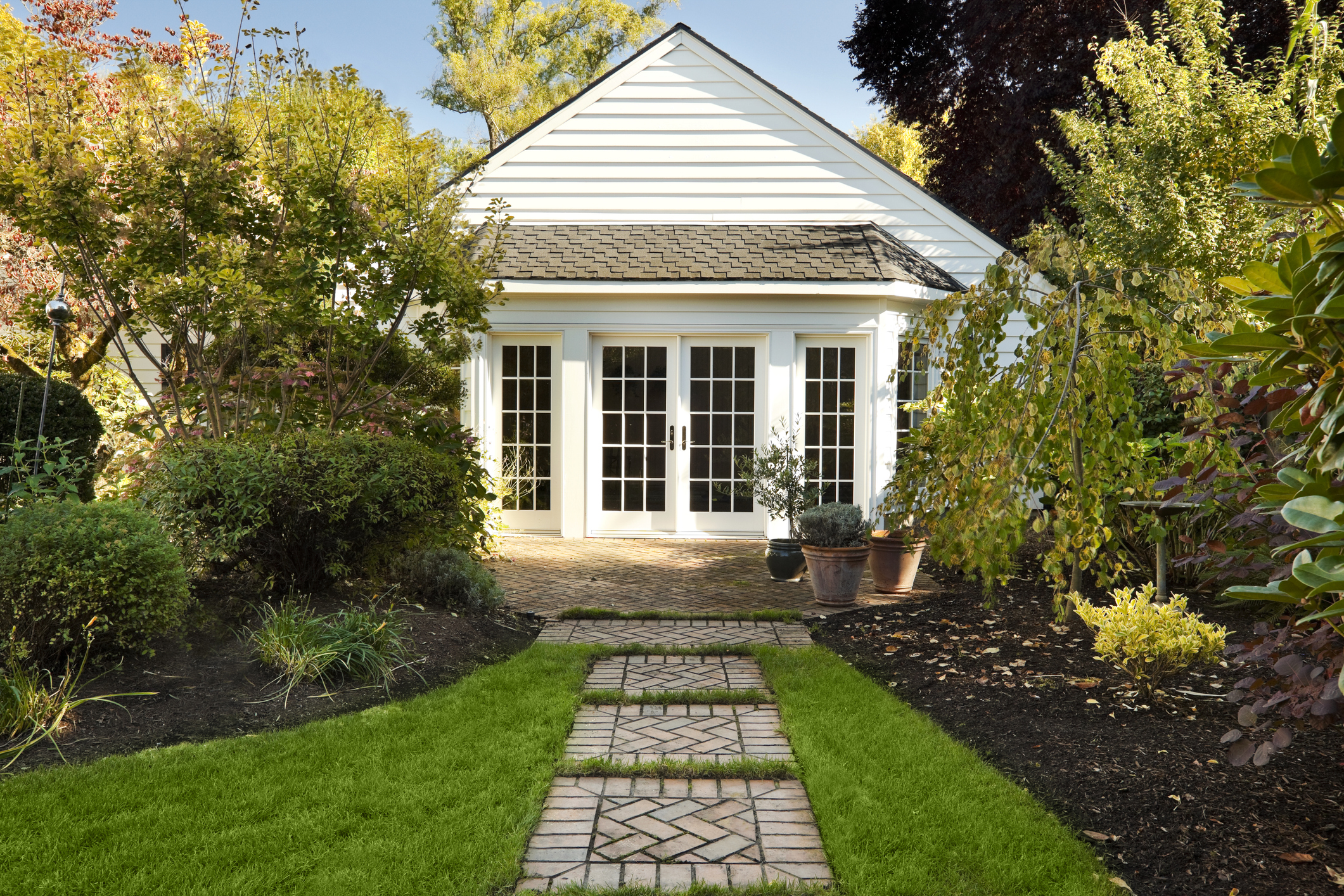
Trees and foliage act as natural barriers to sunlight and also significantly improve the landscape. While it may be a few seasons before you can reap the benefits, it will be worth it. You can choose fast-growing trees such as Sycamore, Maple, or Poplar trees. Also, opt for deciduous trees that lose their leaves in the winter. That way, your home will have shade in the summer, but you’ll get plenty of sunshine in the winter.
Related Content
Profit and prosper with the best of Kiplinger's advice on investing, taxes, retirement, personal finance and much more. Delivered daily. Enter your email in the box and click Sign Me Up.

Donna joined Kiplinger as a personal finance writer in 2023. She spent more than a decade as the contributing editor of J.K.Lasser's Your Income Tax Guide and edited state specific legal treatises at ALM Media. She has shared her expertise as a guest on Bloomberg, CNN, Fox, NPR, CNBC and many other media outlets around the nation. She is a graduate of Brooklyn Law School and the University at Buffalo.
-
 Holiday Tax Scams: 'Tis the Season to be Wary
Holiday Tax Scams: 'Tis the Season to be WaryTax Scams Navigating tax tricks of the holiday season may be daunting, but don't let that destroy your festive spirit
-
 Metro by T-Mobile Is Giving Away This Samsung Galaxy A16: Which Plans Are Eligible?
Metro by T-Mobile Is Giving Away This Samsung Galaxy A16: Which Plans Are Eligible?Metro by T-Mobile is offering free Samsung Galaxy A16 phones on eligible plans right now. Here’s how the deal works.
-
 I Drive and Collect Classic Cars: Here’s How I Got Started
I Drive and Collect Classic Cars: Here’s How I Got StartedAre classic cars a hobby or an investment strategy — or both? Either way, the vintage car scene is much cooler and more affordable than you think.
-
 Metro by T-Mobile Is Giving Away This Samsung Galaxy A16: Which Plans Are Eligible?
Metro by T-Mobile Is Giving Away This Samsung Galaxy A16: Which Plans Are Eligible?Metro by T-Mobile is offering free Samsung Galaxy A16 phones on eligible plans right now. Here’s how the deal works.
-
 I Drive and Collect Classic Cars: Here’s How I Got in the Game Without Spending a Fortune
I Drive and Collect Classic Cars: Here’s How I Got in the Game Without Spending a FortuneAre classic cars a hobby or an investment strategy — or both? Either way, the vintage car scene is much cooler and more affordable than you think.
-
 My First $1 Million: Retired Middle School Teacher, 68, North Carolina
My First $1 Million: Retired Middle School Teacher, 68, North CarolinaEver wonder how someone who's made a million dollars or more did it? Kiplinger's My First $1 Million series uncovers the answers.
-
 4 Financial To-Dos to Finish 2025 Strong and Start 2026 on Solid Ground
4 Financial To-Dos to Finish 2025 Strong and Start 2026 on Solid GroundDon't overlook these important year-end check-ins. Missed opportunities and avoidable mistakes could end up costing you if you're not paying attention.
-
 9 Types of Insurance You Probably Don't Need
9 Types of Insurance You Probably Don't NeedFinancial Planning If you're paying for these types of insurance, you may be wasting your money. Here's what you need to know.
-
 I'm an Insurance Pro: It's Time to Prepare for Natural Disasters Like They Could Happen to You
I'm an Insurance Pro: It's Time to Prepare for Natural Disasters Like They Could Happen to YouYou can no longer have the mindset that "that won't happen here." Because it absolutely could. As we head into 2026, consider making a disaster plan.
-
 The Future of Philanthropy Is Female: How Women Will Lead a New Era in Charitable Giving
The Future of Philanthropy Is Female: How Women Will Lead a New Era in Charitable GivingWomen will soon be in charge of trillions in charitable capital, through divorce, inheritance and their own investments. Here's how to use your share for good.
-
 The Retirement Donor's Checklist: Key Deadlines by Gift Type
The Retirement Donor's Checklist: Key Deadlines by Gift TypeRetirees have some charitable contribution options that can help avoid spikes in income from RMDS and capital gains.